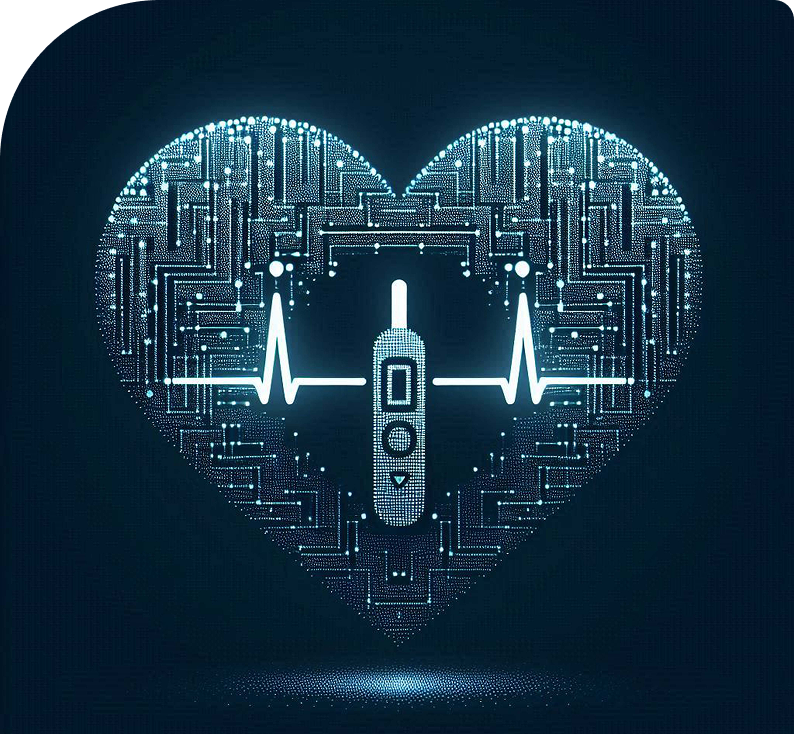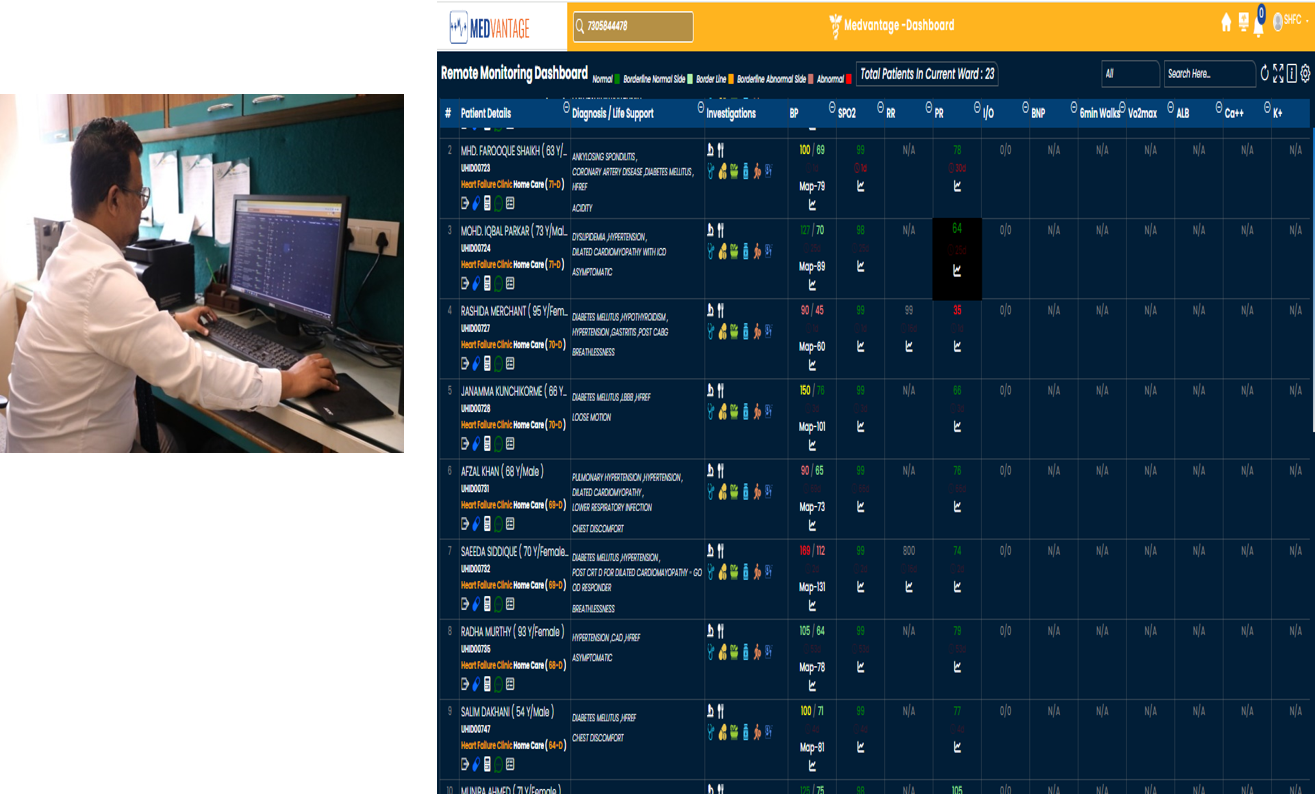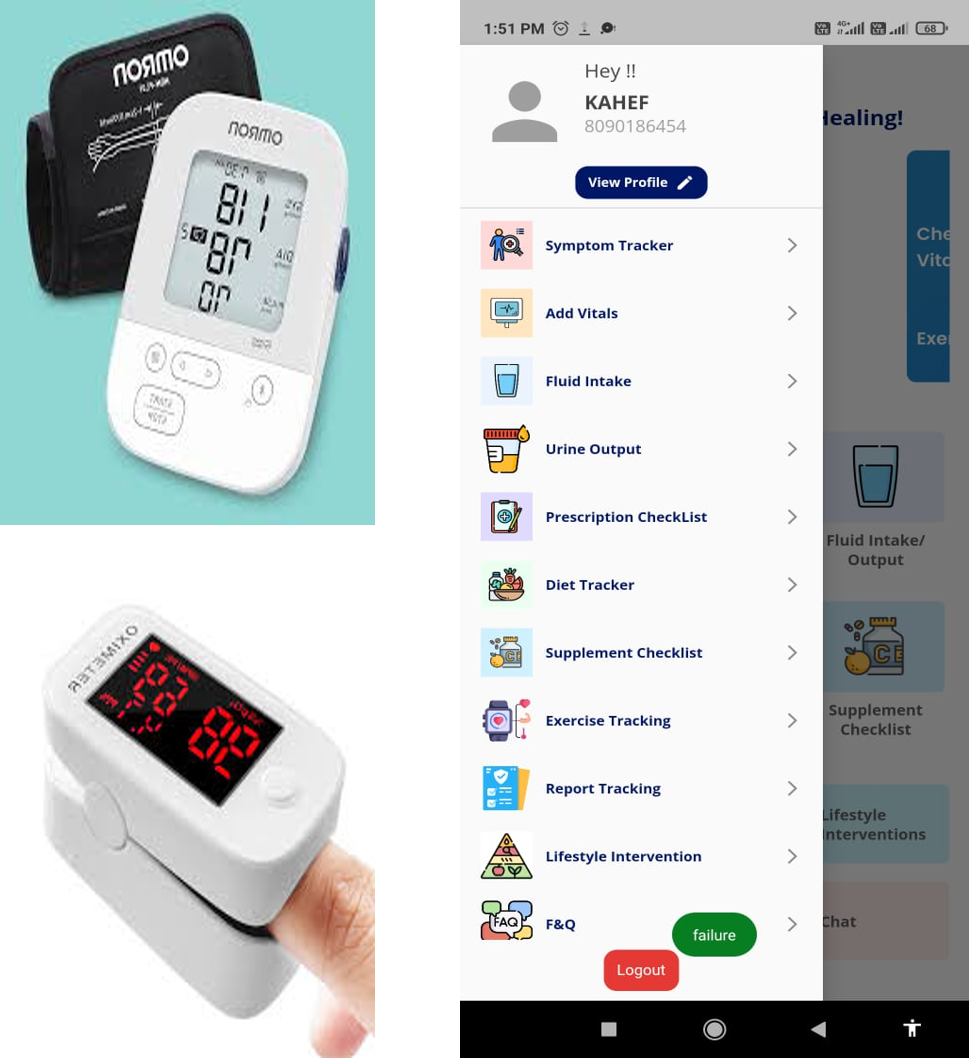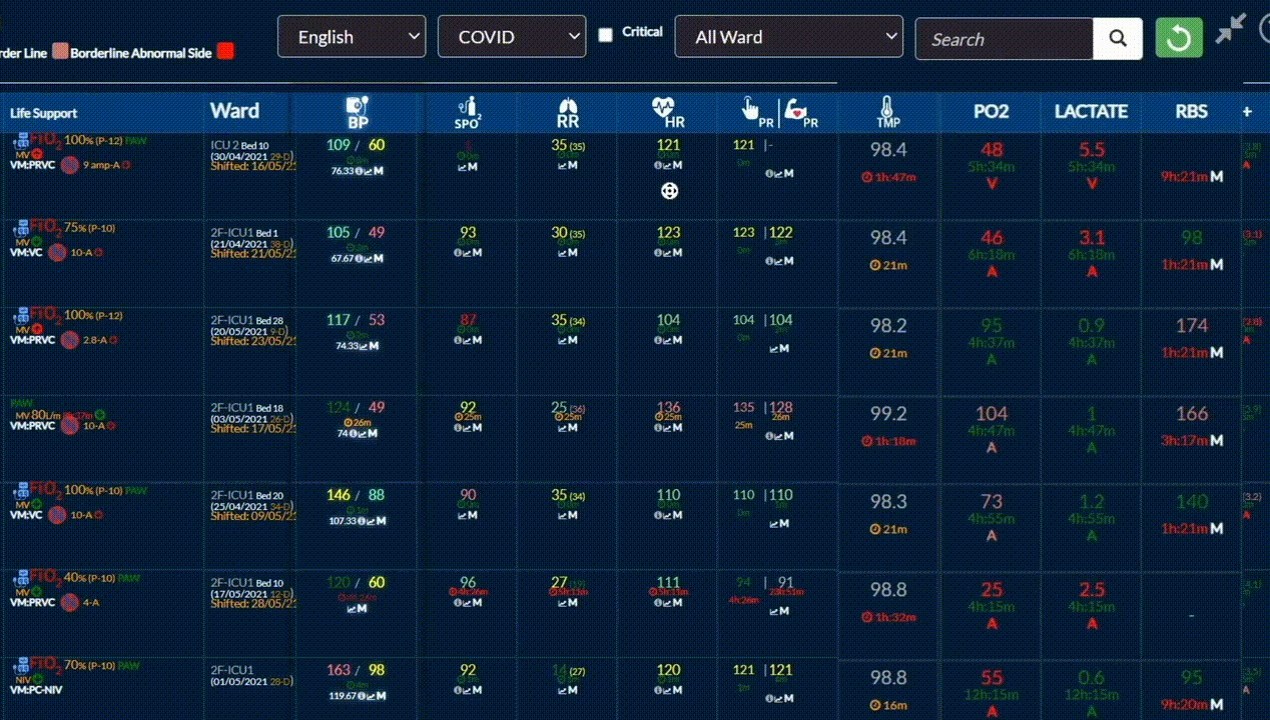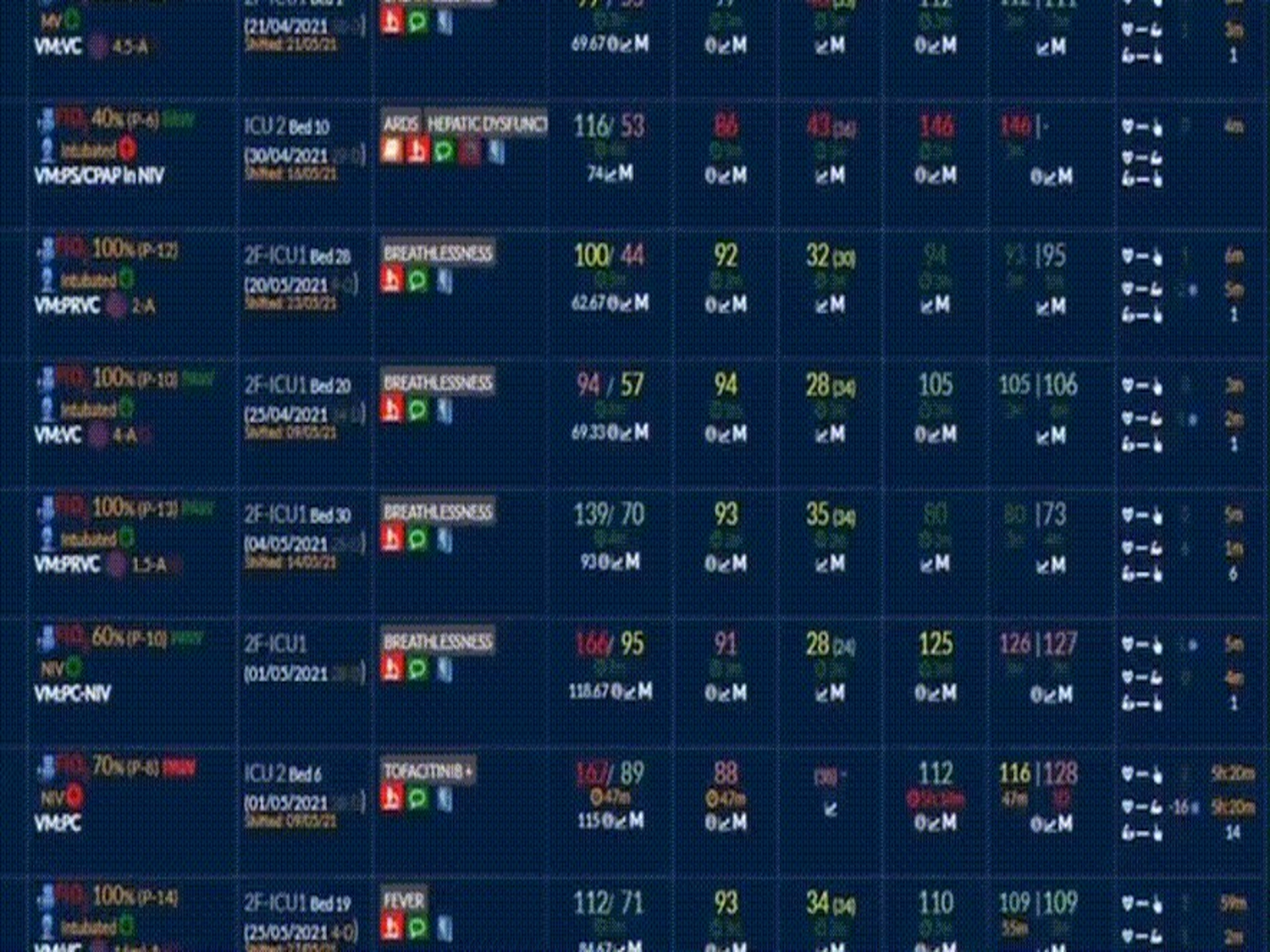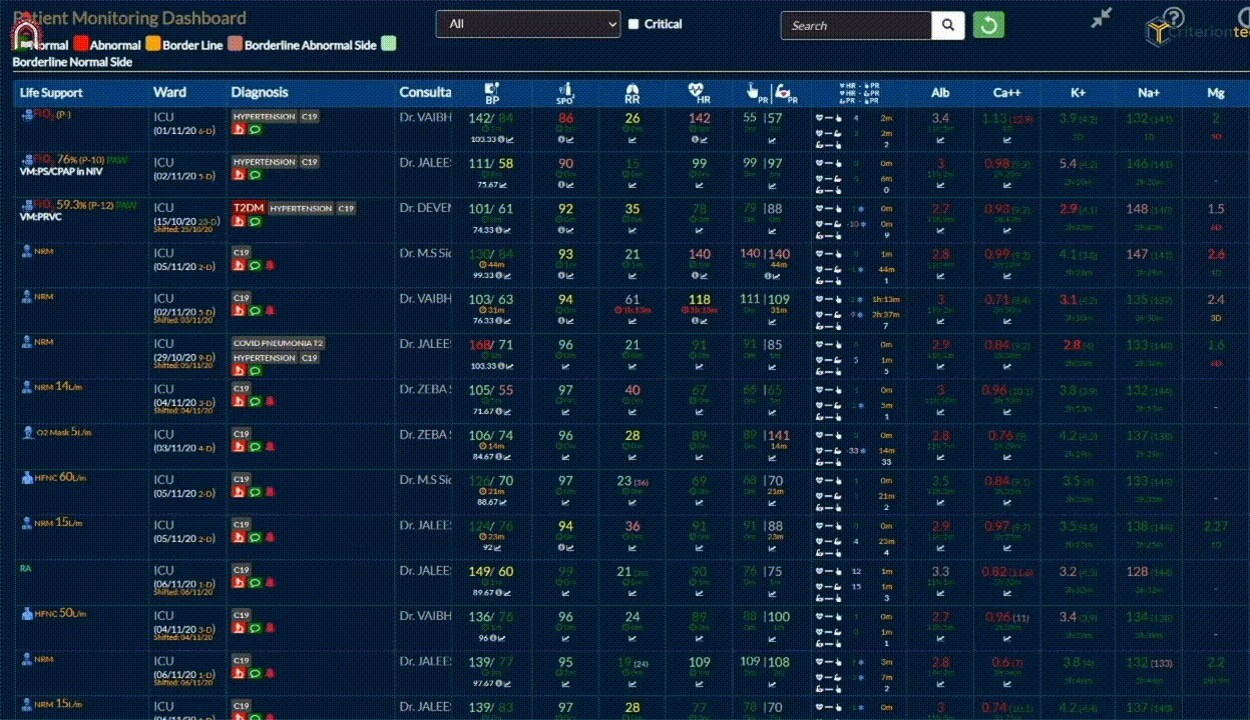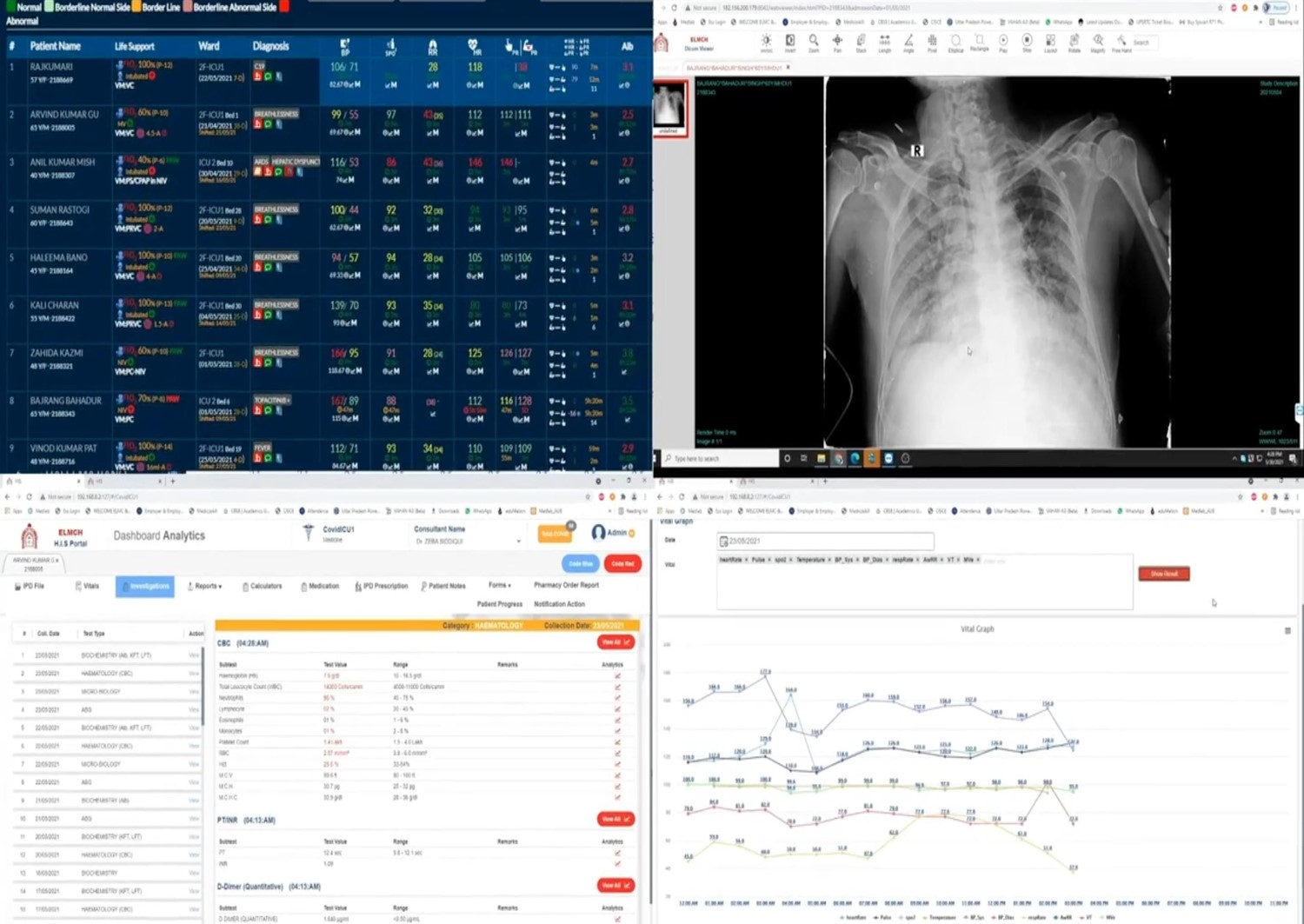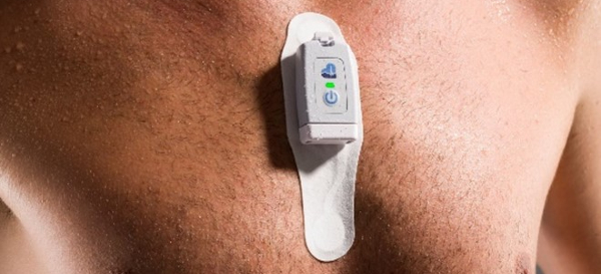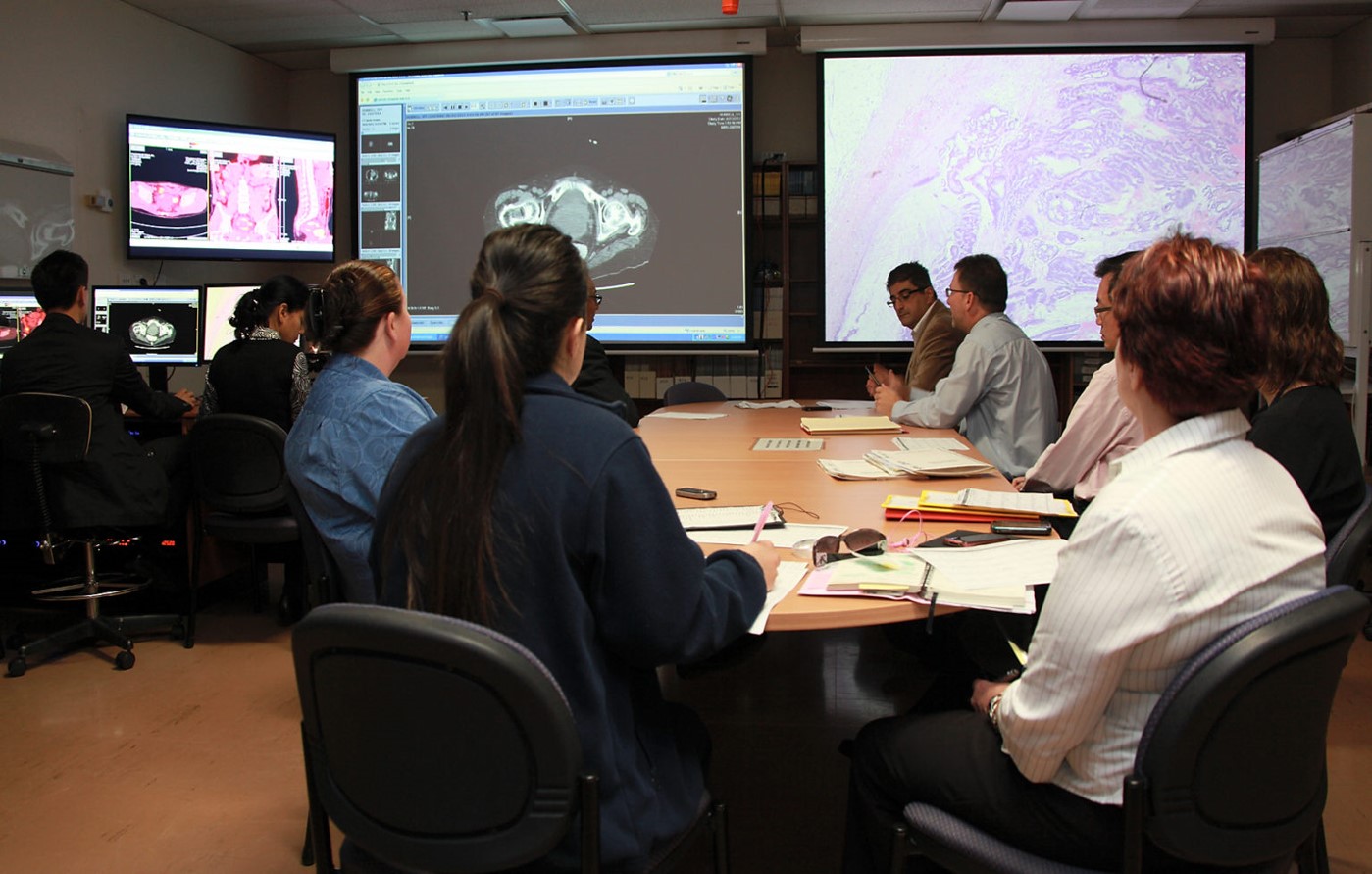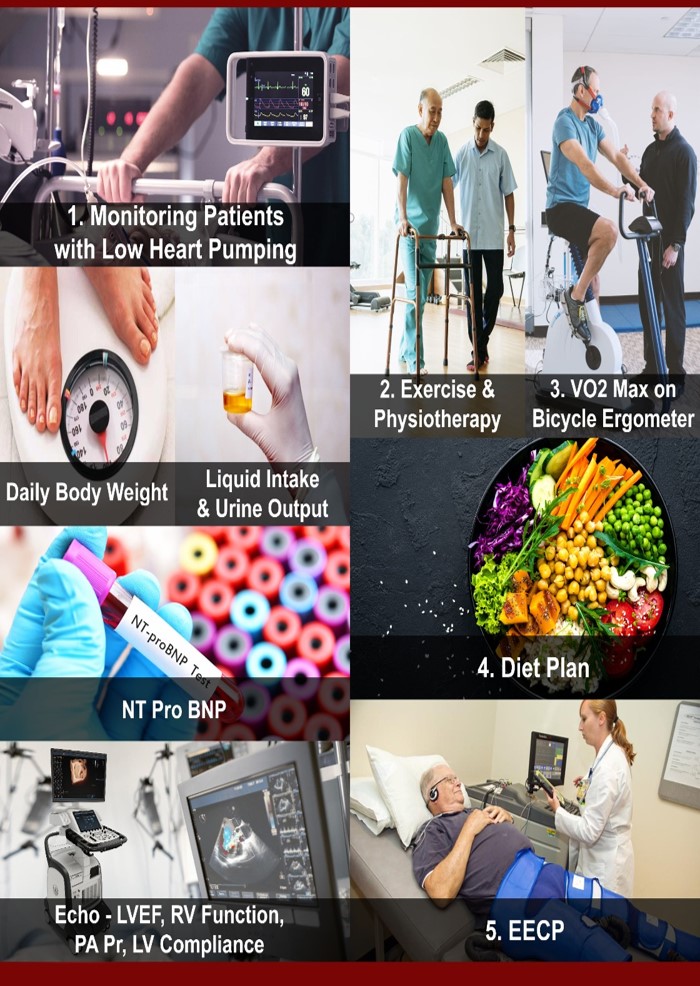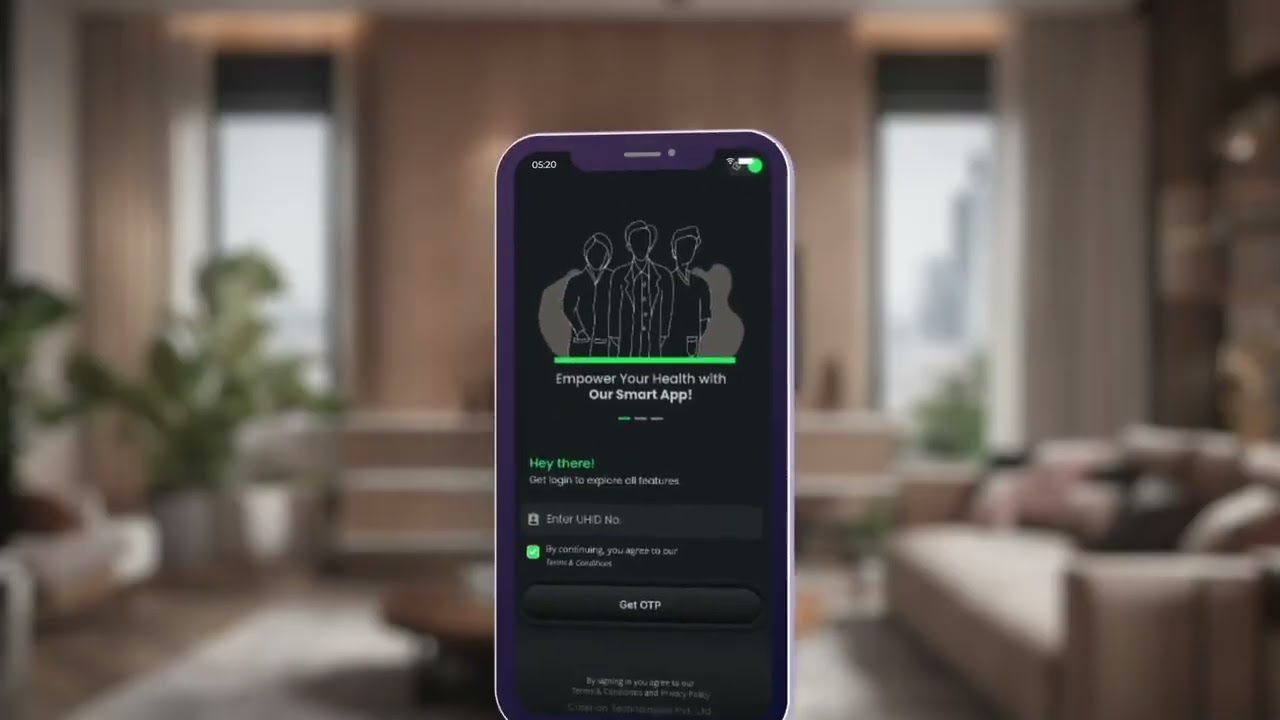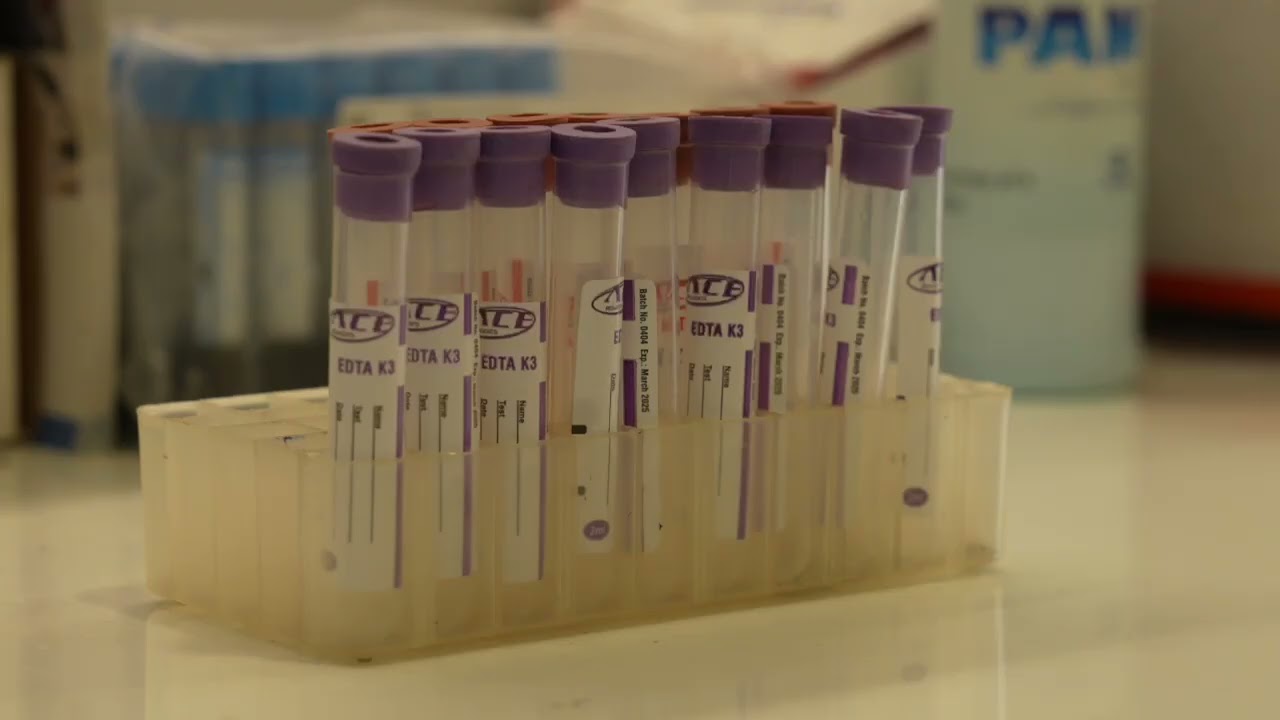Revolutionizing Heart Failure Management with Remote Patient Monitoring
Heart failure (HF) is a leading cause of hospital readmissions and mortality worldwide. Traditional monitoring methods often fail to detect early signs of deterioration, leading to frequent emergency visits and hospital stays. However, with Remote Patient Monitoring (RPM) powered by Internet of Things (IoT) devices, healthcare providers can continuously track vital signs and intervene early, significantly reducing hospital readmissions and improving survival rates.
How Does IoT-Based Remote Patient Monitoring Work?
IoT-enabled RPM systems collect real-time health data using wearable and implantable sensors. These devices transmit data to cloud-based platforms, where AI-driven analytics provide alerts for abnormal readings, enabling timely medical intervention.
Key IoT Devices Used in Heart Failure RPM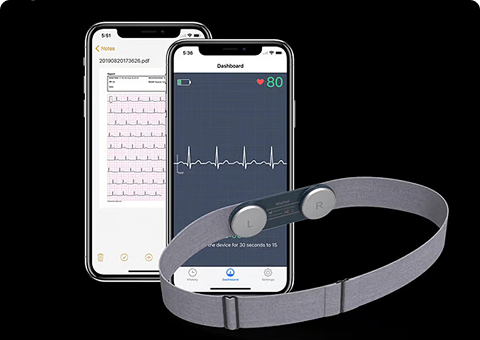
Detect arrhythmias and irregular heartbeats.
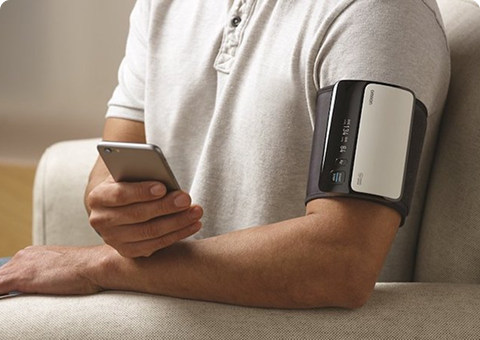
Track hypertension, a major risk factor for HF.
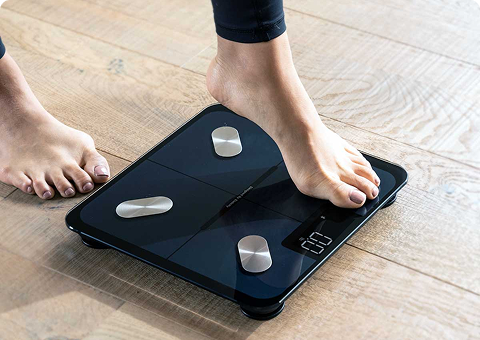
Monitor fluid retention, a key sign of worsening HF.
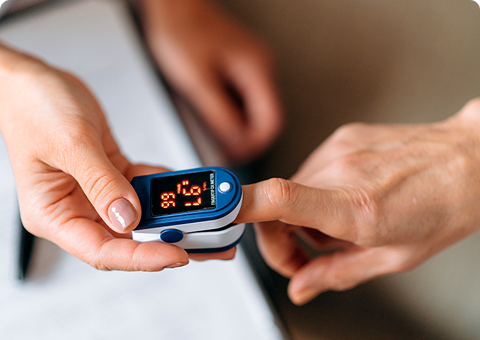
Measure oxygen saturation levels to detect respiratory distress.
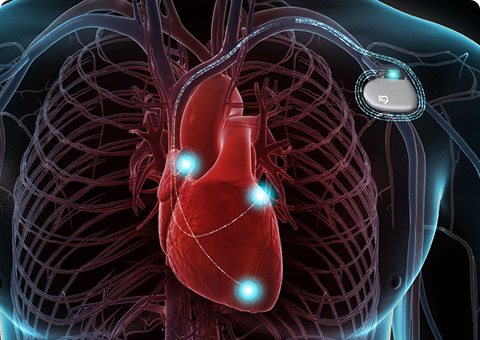
Provide real-time cardiac data.
Benefits of Remote Patient Monitoring in Heart Failure
- Early Detection of Deterioration: RPM detects worsening symptoms before they become critical, allowing for early intervention and outpatient treatment.
- Timely Medication Adjustments: Doctors can modify prescriptions remotely based on real-time data.
- Fewer Emergency Room Visits: Studies show that patients under RPM experience up to 50% fewer readmissions compared to non-monitored patients
- Continuous Monitoring & Immediate Alerts: RPM ensures patients receive medical attention before reaching a critical stage.
- Better Adherence to Treatment Plans: Automated reminders for medication and lifestyle changes improve compliance.
- Long-Term Health Benefits: Patients monitored remotely have a higher 1-year survival rate than those relying solely on periodic in-person checkups.
Your heart health is our priority. Connect with our expert team for compassionate care and personalized treatment. Let’s take the first step toward a healthier future together!
contact us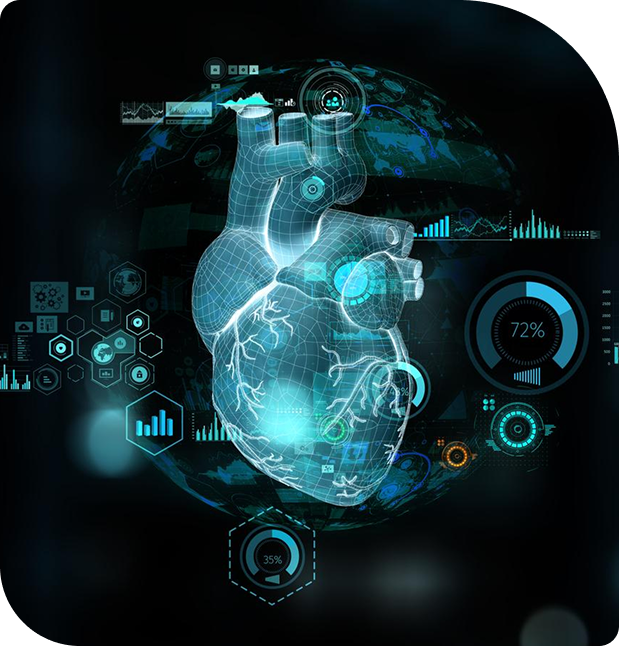
Real-World Impact: Case Study
-
A study conducted in 2023 on 10,000 heart failure patients found that those using RPM
-
Had a 40% lower readmission rate within 30 days.
-
Experienced a 25% higher survival rate over two years.
-
Reported better quality of life due to early interventions and fewer hospital stays
Remote patient monitoring with IoT devices is transforming heart failure management by reducing hospital readmissions and improving survival rates. With real-time monitoring, timely interventions, and enhanced patient engagement, RPM is the future of cardiac care.
Monitoring & Managing Chronic Heart Failure
Main ComponentsUse of mobile health (mHealth) apps for self-management.
Wearables and remote monitoring devices for real-time data.
Early detection of symptoms, medication adherence, lifestyle support, improve quality of life & prevent repeat hospitalizations & SCD

Integration of Digital Tools in Heart Failure Care
-
Mobile Applications
Utilize HeartO² for remote monitoring and patient engagement.
-
Wearable Devices
Implement wearable technology for real-time tracking of fluid status.
-
Nanosense System
Introduce Nanosense for continuous monitoring of heart failure patients.
-
CardioMEMS
Utilize CardioMEMS for monitoring pulmonary artery pressure and fluid volume.
-
Enhanced Patient Engagement
Utilize remote data collection to involve patients in their care decisions.
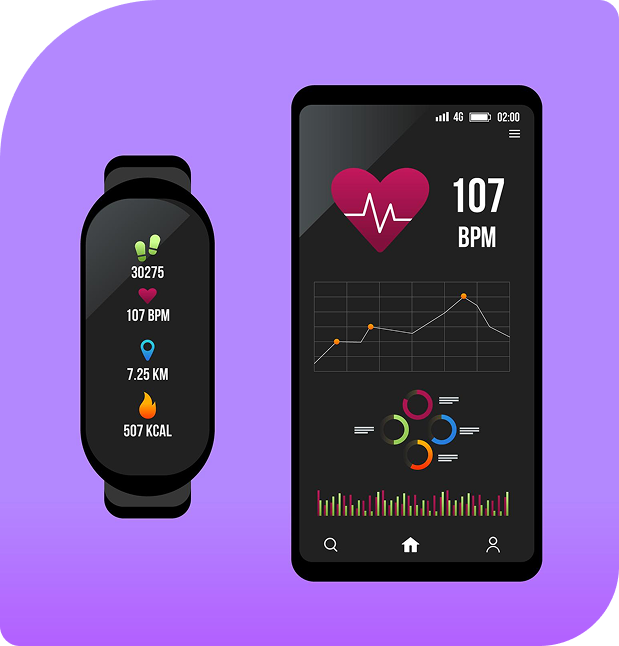
Smart Heart Failure Revival Clinic: Remote Monitoring Dashboard
HF Monitoring at Home
Managing Heart Failure (HF) with Home Monitoring
Heart Failure (HF) monitoring at home plays a crucial role in managing the condition effectively and preventing complications. Regular monitoring of vital signs, such as blood pressure, heart rate, oxygen levels, and weight, helps detect early warning signs of worsening heart failure. Home monitoring devices, including digital blood pressure monitors and wearable health trackers, enable patients to track their health conveniently. Maintaining a healthy lifestyle, adhering to prescribed medications, and staying in touch with healthcare providers further enhance disease management. With consistent monitoring and timely interventions, individuals with HF can improve their quality of life and reduce hospitalizations.

